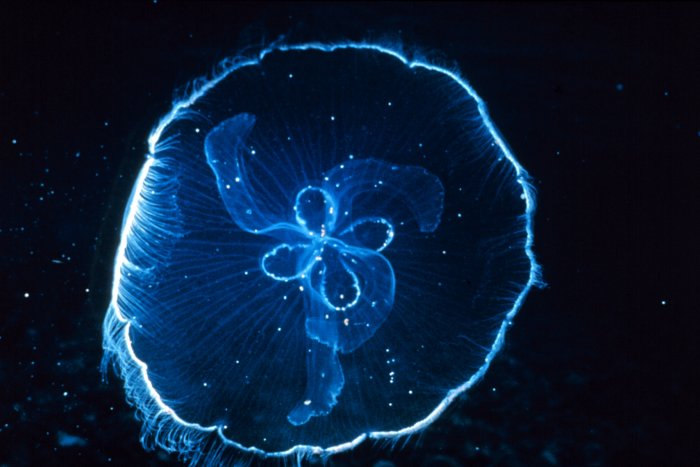How to Shut Down a Nuclear Reactor

At the Torness nuclear power station in East Lothian, UK, seawater is taken in and filtered before it is used to cool down the reactor cores. It is not unusual for these inlets to be clogged with debris from the ocean, mainly seaweed and jellyfish. But on the 28th of June, the power plant faced a highly unusual situation.
Clouds of jellyfish seemed to be pulled towards the plant and clogged its intake filters. This reduced the flow of cool seawater to the reactor cores. At first the plant engineers tried to reduce the load on the cores to reduce the amount of water required to cool them, but that was not sufficient and the cores had to eventually be shut down. Local fishermen were employed by the plant in the effort to clear up the jellyfish. They also used spotter planes to identify the large swarms or blooms of the sea creatures out in the open ocean. Large industrial vacuum cleaners (mounted on trucks) were also used to clear the water of any jellyfish that made it past the intake filters.
The incident has been picked up by environmentalists to prove the unreliability of nuclear power, however the plant bosses claim that the public was never in any danger. The plant is regularly taken offline to ensure that its in good working order and this incident was no different. One of the plants cores was brought back online today while the other core is still being serviced.
Why the jellyfish decided to make the sudden migration to the plant’s intake filters remains a mystery to experts and has stumped locals. So how many jellyfish did they end up catching? Over 600 tons!






















